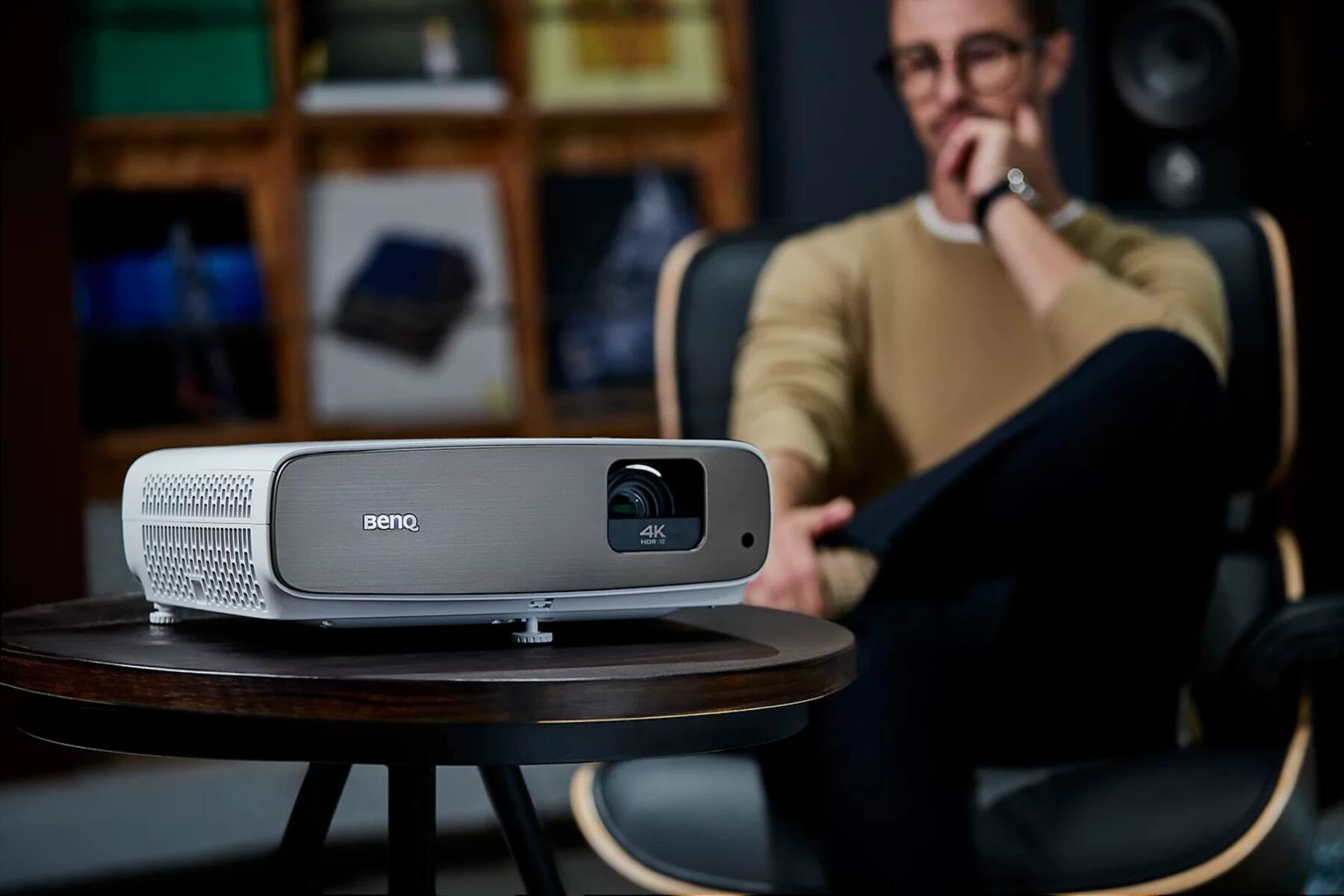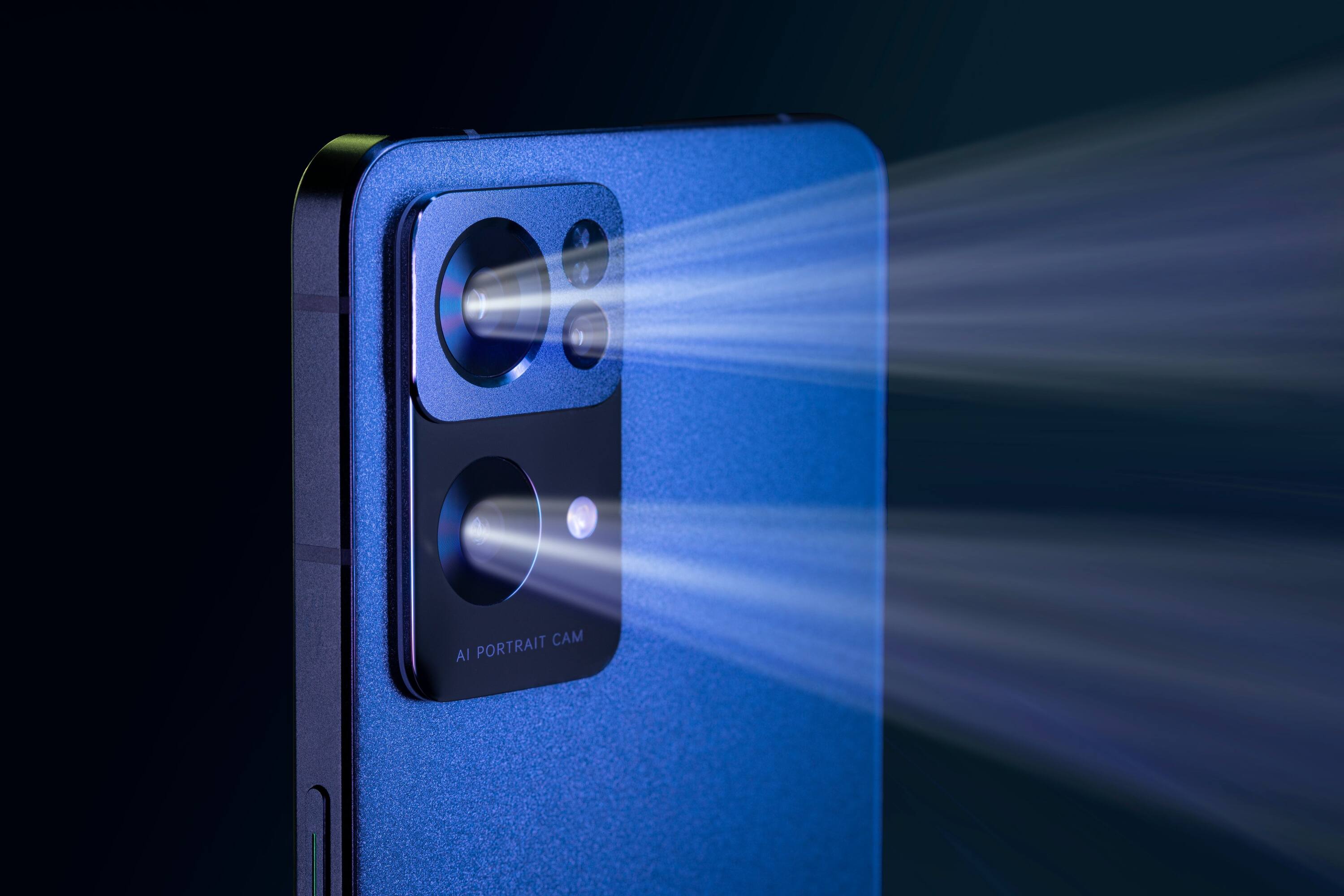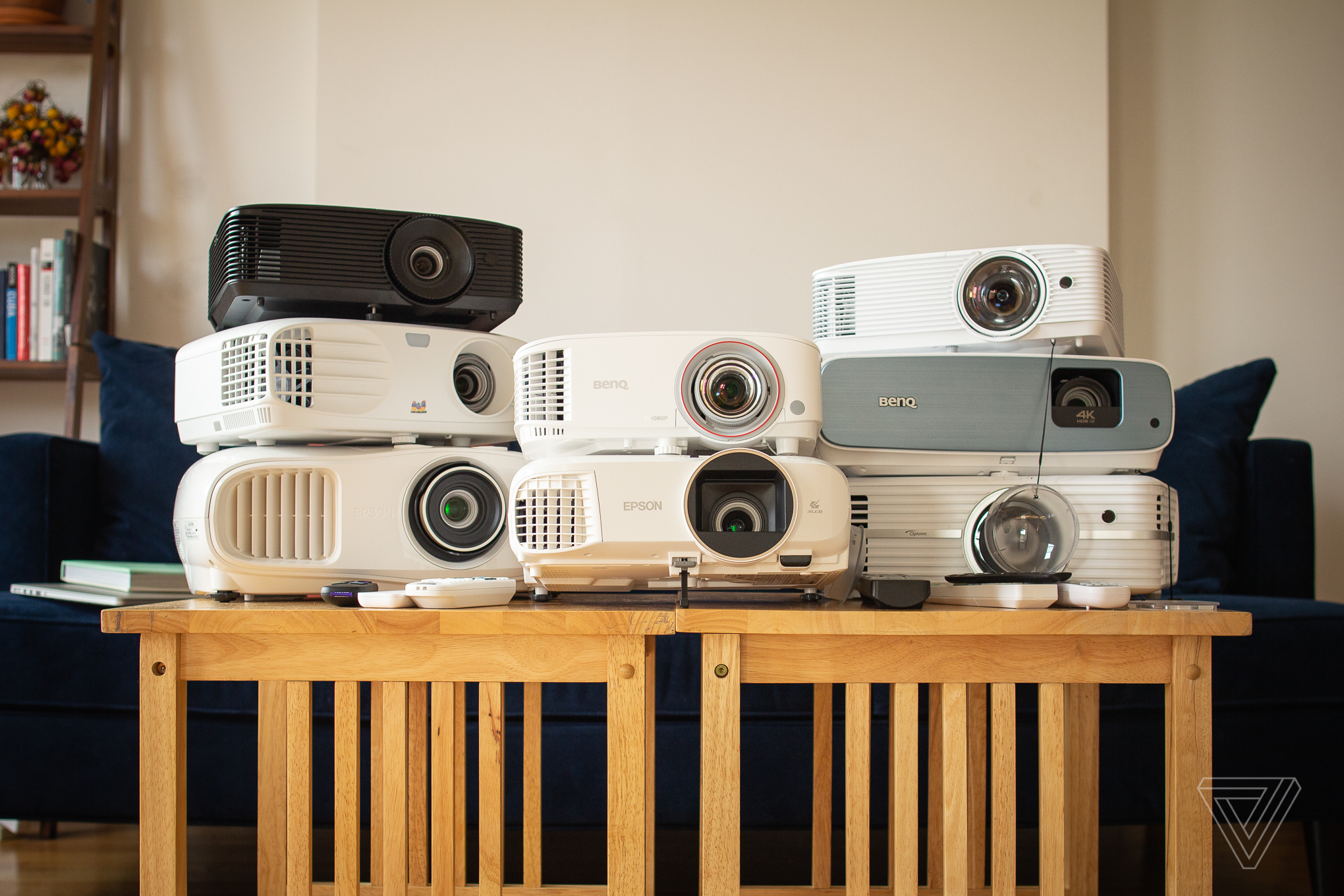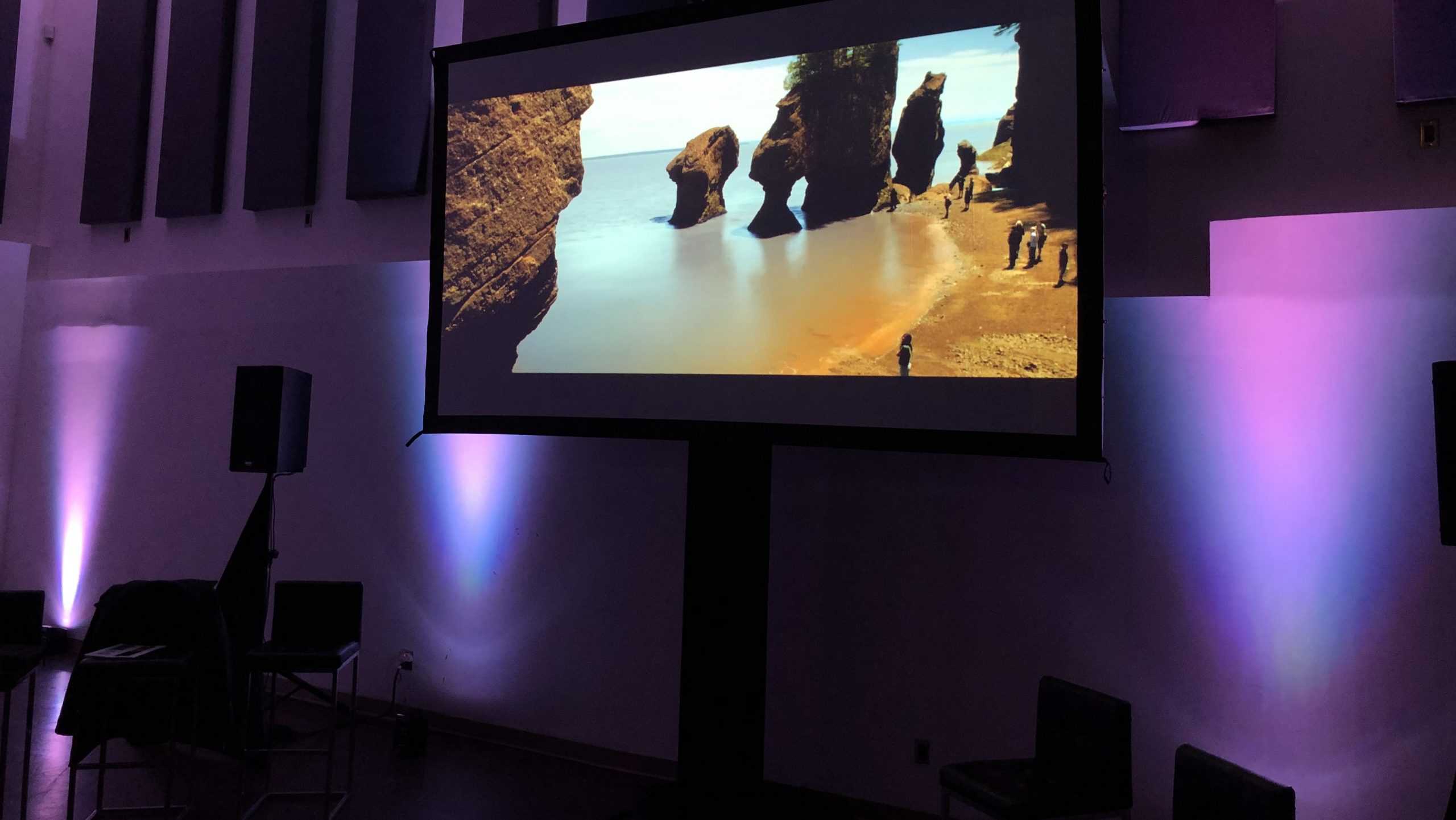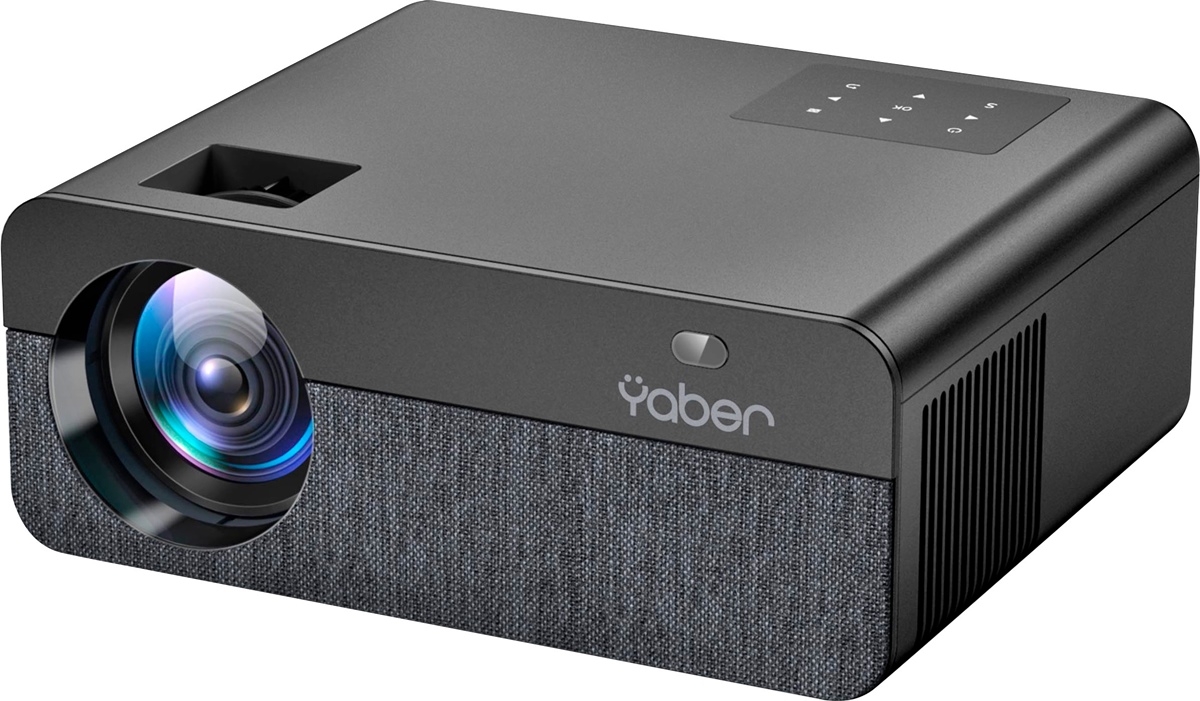Introduction
When setting up a projector for a movie night at home or a presentation at work, one of the most frustrating issues that can arise is a lack of sound. No matter how stunning the visuals may be, without sound, the overall experience falls flat. But fear not, there are several common causes for a projector not producing sound, and most of them can be easily resolved.
In this article, we will guide you through the troubleshooting process to help you understand why there is no sound coming from your projector. We will explore various potential causes and provide step-by-step solutions to get the audio working again.
Before diving into the solutions, it’s essential to note that projectors can differ in terms of their audio capabilities. Some projectors come equipped with built-in speakers, while others rely on external speakers or audio systems for sound output. Understanding the audio setup of your specific projector is crucial for identifying and resolving the issue.
So, if you’re ready to troubleshoot the sound issue on your projector and get back to enjoying immersive movie nights or engaging presentations, let’s get started!
Check the Volume Settings
One of the first steps to take when troubleshooting sound issues with your projector is to check the volume settings. It may seem obvious, but sometimes the volume is simply set too low or even muted.
Start by pressing the volume up button on the projector’s remote control or on the projector itself to ensure that the volume is not at its lowest setting. If the volume is already turned up but you still can’t hear anything, try pressing the mute button and then unmute it to see if that resolves the issue.
Additionally, check the audio settings in the projector’s menu. Some projectors have different audio modes or settings that may affect the sound output. Make sure the audio mode is set correctly, such as stereo, mono, or surround sound, depending on your preferences and the audio source you are using.
If you are connecting the projector to an external audio system, such as speakers or a soundbar, verify that the volume settings on the audio system are properly adjusted. Sometimes the sound may be playing, but it’s too low or routed to a different output device.
In summary, checking the volume settings is a simple but crucial step in troubleshooting sound issues with your projector. Ensure that the volume is turned up to an audible level, unmute the sound if necessary, and verify the audio settings on both the projector and any external audio devices. By ruling out volume-related issues, you can move on to other potential causes if the sound problem persists.
Ensure the Audio Cables are Connected Properly
Another common culprit behind the lack of sound on a projector is improperly connected audio cables. It’s important to ensure that all audio cables are securely plugged in and connected to the correct ports.
Start by checking the cable connecting the audio source to the projector. If you’re using an HDMI cable, for example, make sure it is firmly plugged into both the audio output port on the source device (such as a laptop or DVD player) and the audio input port on the projector. If you’re using separate audio cables, such as RCA or 3.5mm audio cables, double-check that they are properly inserted into their respective output and input ports.
If the cables appear to be connected correctly, try unplugging and re-plugging them to ensure a secure connection. Sometimes, the cables can become loose over time, resulting in a loss of audio signal.
In addition to the audio cables between the source device and the projector, if you are using external speakers or a sound system, make sure that the audio cables connecting those devices to the projector are also connected securely and inserted into the appropriate ports. Verify that the cables are not damaged or frayed, as this can also cause sound issues.
Furthermore, if you’re using any audio converters or adapters, such as HDMI to VGA converters or USB audio adapters, check that they are functioning properly and compatible with your setup. Faulty or incompatible converters can lead to audio problems.
In summary, ensuring that the audio cables are connected properly is essential when troubleshooting sound issues on a projector. Check that all audio cables are securely plugged in and correctly inserted into the appropriate ports on both the projector and any external audio devices. By verifying the cable connections, you can eliminate any potential issues caused by loose or faulty connections and move on to other troubleshooting methods if necessary.
Verify the Audio Source
When facing sound issues with your projector, it’s crucial to verify the audio source to ensure it’s functioning properly. The audio source refers to the device from which the audio signal is being sent, such as a DVD player, laptop, or gaming console.
First, check the audio output settings on the source device. Ensure that the audio is not muted, and the volume is turned up to an audible level. Some devices have separate volume controls for different outputs, so make sure the audio is routed to the correct output, such as the HDMI or audio jack.
Next, test the audio source with a different output device, such as a pair of headphones or external speakers. If you can hear sound through an alternative output device, it indicates that the issue lies with the projector or its audio settings, rather than the audio source.
It’s also worth trying a different audio source altogether. Connect a different device with audio output capabilities to the projector and check if sound is produced. If you can hear audio from the new source, it suggests that the original audio source may be faulty or not configured correctly.
Another important consideration is the type of audio signal being sent from the source device to the projector. Some projectors only support specific audio formats or codecs, so ensure that the audio format from the source device is compatible with the projector. If necessary, check the projector’s specifications or user manual for information on supported audio formats and adjust the settings on the source device accordingly.
In summary, verifying the audio source is a crucial step when troubleshooting sound issues on a projector. Check the audio output settings, test the source device with alternative output devices, try a different audio source, and ensure compatibility between the audio format and the projector’s capabilities. By ruling out any issues with the audio source, you can focus on resolving any problems related to the projector itself.
Check the Projector’s Internal Speakers
If you’re not hearing any sound from your projector, one possible cause is that the internal speakers of the projector are not functioning correctly. It’s important to check the projector’s internal speakers and ensure they are properly configured.
Start by accessing the projector’s menu settings. Look for an option related to audio or speakers and make sure the internal speakers are enabled or set as the default audio output. Depending on the projector model, the menu navigation may vary, but most projectors will have a dedicated section for audio settings.
If the internal speakers are already enabled, try adjusting the volume settings within the projector’s menu. Increase the volume to see if that makes any difference. Sometimes, the volume control on the projector itself may not be synchronized with the volume settings in the menu, so it’s worth exploring both options.
Another potential issue is that the projector’s speakers may be malfunctioning or damaged. If you suspect this is the case, try connecting external speakers or audio devices to the projector to see if you can hear sound through those. If the external speakers work, it suggests that the problem lies with the internal speakers of the projector, and further troubleshooting or repairs may be necessary.
Lastly, check for any physical obstructions that may be affecting the sound output. Dust or debris lodged around the speaker grills can muffle the sound. If you notice any buildup, gently clean the speaker grills using a soft cloth or a brush. Be cautious not to damage the speakers or push the debris further into the projector.
In summary, checking the projector’s internal speakers is important when troubleshooting sound issues. Ensure the internal speakers are enabled and properly configured in the projector’s menu settings. Test the speakers using different volume levels and consider connecting external speakers to determine if the problem lies with the internal speakers. Additionally, inspect the speaker grills for any physical obstructions that may be impeding sound output. By addressing internal speaker-related issues, you can determine the extent of the problem and seek appropriate solutions if necessary.
Update the Projector’s Firmware
If you’re experiencing sound issues with your projector, it is worth considering whether the firmware of the projector is up to date. Firmware updates often include bug fixes, performance improvements, and updates to audio compatibility, which could help resolve the sound problem you’re facing.
First, check the manufacturer’s website for any available firmware updates for your projector model. Look for the support section or downloads page, where you can find the latest firmware files. Download the firmware update file onto a USB flash drive, ensuring that it is formatted correctly for the projector’s compatibility.
Once you have the firmware update file on the USB flash drive, power on the projector and insert the drive into the USB port of the projector. Access the projector’s menu settings and navigate to the firmware update section. Follow the on-screen instructions to initiate the firmware update process. It may take a few minutes for the update to complete, during which time the projector should not be turned off or disconnected from power.
After the firmware update is successfully installed, restart the projector and check if the sound issue has been resolved. The updated firmware should address any known audio-related bugs or compatibility issues, ensuring optimal performance and sound output.
It’s important to note that updating the projector’s firmware should be done carefully and following the manufacturer’s instructions to avoid any potential issues. If you’re unsure about the firmware update process or have any concerns, it’s always a good idea to consult the manufacturer’s documentation or customer support for assistance.
In summary, updating the projector’s firmware can be an effective troubleshooting step to address sound problems. Check for firmware updates on the manufacturer’s website, download the latest firmware onto a USB flash drive, and follow the projector’s menu instructions to perform the update. Restart the projector after the update and verify if the sound issue has been resolved. Keeping the firmware up to date ensures that your projector is equipped with the latest features and improvements, including audio-related optimizations.
Troubleshoot the Sound Input Device
If you’re still experiencing sound issues with your projector, it may be necessary to troubleshoot the sound input device itself. This refers to the device that is sending the audio signal to the projector, such as a laptop, DVD player, or gaming console.
Start by checking the audio output settings on the sound input device. Ensure that the volume is turned up and not muted. Some devices also have specific audio output settings that may need to be configured correctly, such as selecting the appropriate output channel or adjusting audio format settings.
If you’re using a laptop or computer as the sound input device, check the audio settings in the operating system’s control panel or system preferences. Make sure the correct audio output device is selected and that the volume is set to an audible level.
It’s also helpful to test the sound input device with other audio output devices, such as headphones or external speakers. This will help determine if the issue lies with the sound input device itself or if it is specific to the connection or settings when using the projector.
Try connecting the sound input device to a different projector or audio system to see if sound is produced. If it works with another device, it suggests that the problem may be related to the compatibility or configuration between that particular sound input device and the projector.
Additionally, check if there are any software updates or driver updates available for the sound input device. Outdated drivers or software can sometimes cause compatibility issues and result in sound problems. Visit the manufacturer’s website or use the device’s automated update functionality to ensure you have the latest software installed.
In summary, troubleshooting the sound input device is essential when facing sound issues with your projector. Check the audio output settings, test the device with alternative audio output devices, and try connecting it to a different projector or audio system to determine if the problem lies with the sound input device itself. Also, make sure the device’s software and drivers are up to date. By addressing any potential issues related to the sound input device, you can gain insight into the source of the sound problem and explore appropriate solutions.
Check for Mute or Silent Mode
When troubleshooting sound issues with your projector, it’s important to check if the projector has a mute or silent mode enabled. These modes are designed to temporarily disable sound output, which can easily go unnoticed.
Start by checking the remote control or the projector’s control panel for a mute button. Press the mute button to see if the sound is restored. Sometimes, the mute function can be accidentally activated, causing the sound to be muted without the user’s knowledge.
If you cannot find a mute button, navigate through the projector’s menu settings to look for mute or silent mode settings. Ensure that these modes are disabled or turned off. Depending on the projector model, this option may be located within the sound settings or general projector settings.
It’s also worth noting that some projectors have a dedicated speaker on/off switch. If your projector has this feature, check that the speaker is turned on and not set to off or silent mode.
Another consideration is to verify if the projector has a physical volume control knob. Ensure that the volume is not set to the lowest level or turned all the way down, as this can result in no sound output.
In some cases, projectors may have a sleep or hibernation mode that automatically mutes the audio when not in use for a certain period. If your projector has this feature, try waking it up from sleep mode to see if the sound returns.
Lastly, check the projector’s user manual or visit the manufacturer’s website for specific guidance on mute or silent mode settings. Different projector models may have varying methods for disabling these modes, so it’s important to consult the appropriate resources.
In summary, checking for mute or silent mode is a crucial step when troubleshooting sound issues on a projector. Look for a mute button on the remote control or control panel, navigate through the projector’s menu settings to disable silent modes, check for a speaker on/off switch, and ensure that the physical volume control knob is not set too low. By ruling out the possibility of mute or silent mode being activated, you can continue troubleshooting the sound issue with other potential causes.
Restart and Reset the Projector
If you’re still experiencing sound issues with your projector, performing a restart or reset can often help resolve the problem by clearing any temporary glitches or settings conflicts. Restarting or resetting the projector can be done easily and may be the key to restoring sound.
Start by turning off the projector and unplugging it from the power source. Wait for a few minutes to ensure that the projector is completely powered down and any residual power is drained.
Next, plug the projector back into the power source and turn it on. Allow the projector to start up and initialize fully. Sometimes, a simple restart can rectify minor sound issues that may have occurred due to a temporary software or hardware glitch.
If a simple restart doesn’t resolve the sound problem, you can try performing a reset on the projector. The process for resetting can vary depending on the projector model, so consult the user manual or manufacturer’s website for specific instructions on how to perform a reset.
Typically, a reset involves accessing the projector’s menu settings and selecting the reset option. Be aware that resetting the projector will revert all settings back to their default values, so take note of any custom settings or preferences that may need to be reconfigured after the reset.
After performing a reset, allow the projector to restart and initialize again. Then, check if the sound issue has been resolved. Resetting the projector can often resolve stubborn sound issues that may be caused by conflicting settings or configurations.
It’s important to note that resetting the projector should be done cautiously and as a final troubleshooting step. If the sound issue persists even after a reset, it may indicate a more complex problem that requires further troubleshooting or professional assistance.
In summary, performing a restart or reset on the projector can help resolve sound issues by clearing temporary glitches or conflicts. Start by turning off the projector, unplugging it, and then plugging it back in to perform a simple restart. If the problem persists, consult the user manual or manufacturer’s resources for instructions on performing a reset. Remember to reconfigure any necessary settings after the reset. By restarting or resetting the projector, you can potentially eliminate any temporary issues and restore sound functionality.
Conclusion
Sound issues can be a frustrating experience when using a projector, but with the right troubleshooting steps, they can usually be resolved. In this article, we have explored several common causes for a lack of sound on a projector and provided step-by-step solutions to help you get the audio working again.
We started by checking the volume settings on the projector and ensuring that the audio cables are connected properly. Verifying the audio source and updating the projector’s firmware were the next steps in our troubleshooting process. Additionally, we explored troubleshooting the sound input device and checking for mute or silent mode on the projector. Finally, we discussed the importance of restarting and resetting the projector to clear temporary glitches or settings conflicts.
It’s important to remember that every projector model can have its own unique features and settings, so it’s helpful to refer to the user manual or the manufacturer’s website for specific instructions related to your projector.
By following these troubleshooting steps, you can increase the chances of resolving sound issues on your projector. It’s worth noting that if none of these solutions work, it may be necessary to seek professional assistance or contact the manufacturer’s support for further guidance.
We hope that this guide has been helpful in diagnosing and resolving the sound issue on your projector. Now, you can enjoy a fully immersive experience with both stunning visuals and crystal-clear sound.









